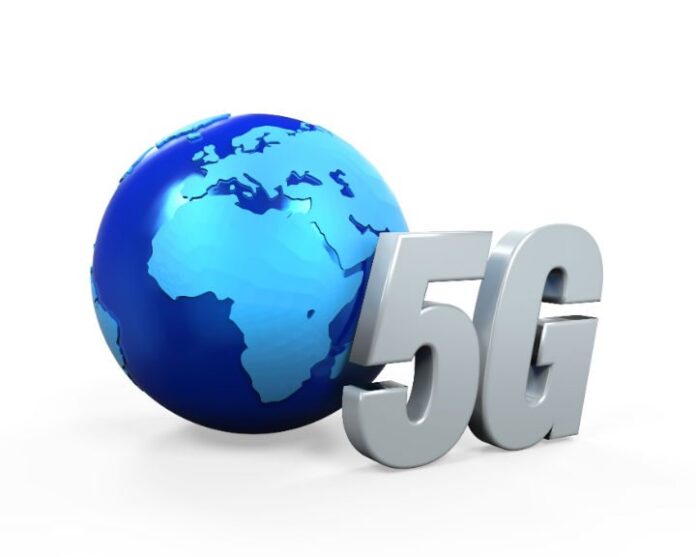While almost entirely theoretical at this point, 5G has already captured the telecom industry’s imagination. Although the technology isn’t expected to make an appearance in networks until around 2020, early 5G research and contemplation has begun, and some experts believe that small cells will be an integral part.
The Global Mobile Suppliers Association has been publishing a series of white papers in which vendors propose some ideas on the general requirements and features that 5G will need – things like “massive system capacity” to deal with high throughput and proliferating “Internet of Things” devices; device-to-device links; data rates ranging from several hundred Mbps in urban and suburban environments, at least 10 Mbps in rural areas and developing countries, and +10 Gbps indoors; and very low latency, according to Ericsson’s vision.
Nokia Networks and SK Telecom both talk about “ultra-dense” networks being the foundation of 5G, with “massive densification of small cells,” in Nokia’s words. Those small cell networks will also have the option to be partially turned off during low usage hours for better energy efficiency – a feature that is expected to be part of LTE Release 12 and that Nokia expects will be improved upon in 5G. Nokia also described a user situation in which there will be “only a few users per cell for which 5G requirements need to be fulfilled at any given time.” The Next Generation Mobile Network Alliance’s white paper also assumes the use of small cells in 5G, and notes that given the overall desired features of 5G, that improved security of 5G small cell nodes will be needed due to “geographical distribution and their easy accessibility.”
In an interesting point, the NGMN said: “Cellular designs have historically relied on the role of ‘cells’ as fundamental units within the radio access network. However, during the last years different trends emerged that call for a disruption of this concept. These trends include cell densification, with base stations using very different transmit powers and antenna configurations. We note that while cell densification is supported in LTE, the current architecture hasn’t been designed to natively support small cells.” (Emphasis NGMN.)
Despite the fact that only a few live networks currently have LTE-Advanced features such as two-component-carrier carrier aggregation, and those are limited-scope deployments, the 5G dabbling has begun. An initial proposal of a 5G design that incorporates small cells, JT CoMP and massive MIMO has been explored by researchers at the Fraunhofer Heinrich Hertz Institute in Munich, including some initial performance results. The 5G Innovation Centre at the University of Surrey recently reported that it has achieved 1 terabit per second wireless network speeds. Anite has been working on 5G channel models as well, while Keysight Technologies (formerly Agilent) is putting effort into its 5G research relationship with China Mobile.
Potential frequencies for 5G include some below 1 GHz, but the largest amounts of spectrum as well as the widest transmission bandwidths are at high frequencies above 30 GHz, Ericsson said in its white paper, but it added that the high frequencies “can only serve as a complement” to lower cellular frequencies, which will still support the bulk of traffic.
Due to the propagation characteristics of very high-frequency spectrum, radios will almost certainly need to be as close as possible to the end users, which also adds to the argument that small cells will be involved.
“Small cells are clearly a key part of 5G,” Petter Blomberg, strategic product manager for small cells with Ericsson’s Radio Access Group told RCR Wireless News. In the meantime, development is going on for LTE license-assisted access over LTE-Unlicensed, Blomberg said, “which we believe signifies the beginning of 4.5G.”
Follow me on Twitter! @khillrcr

